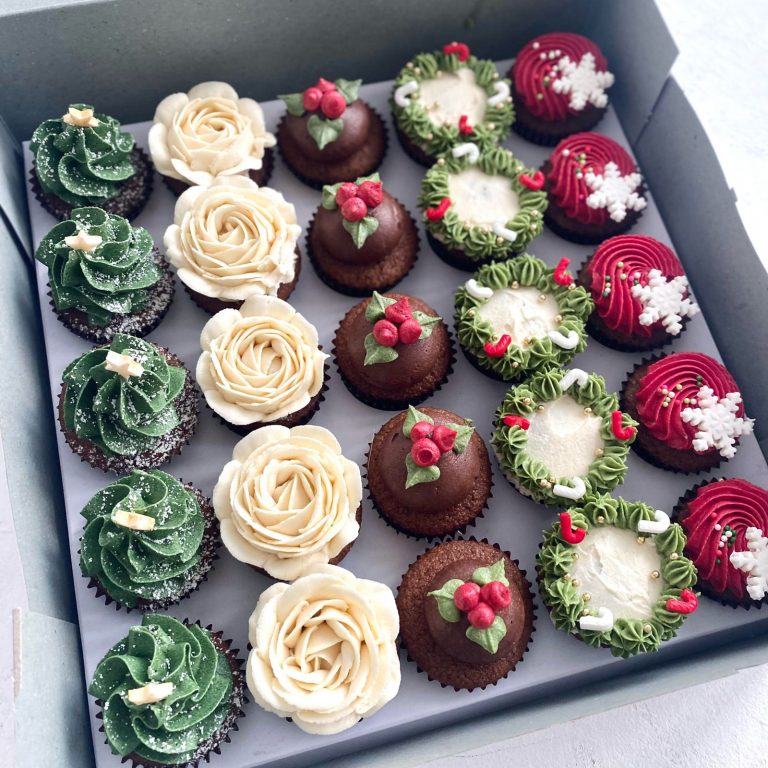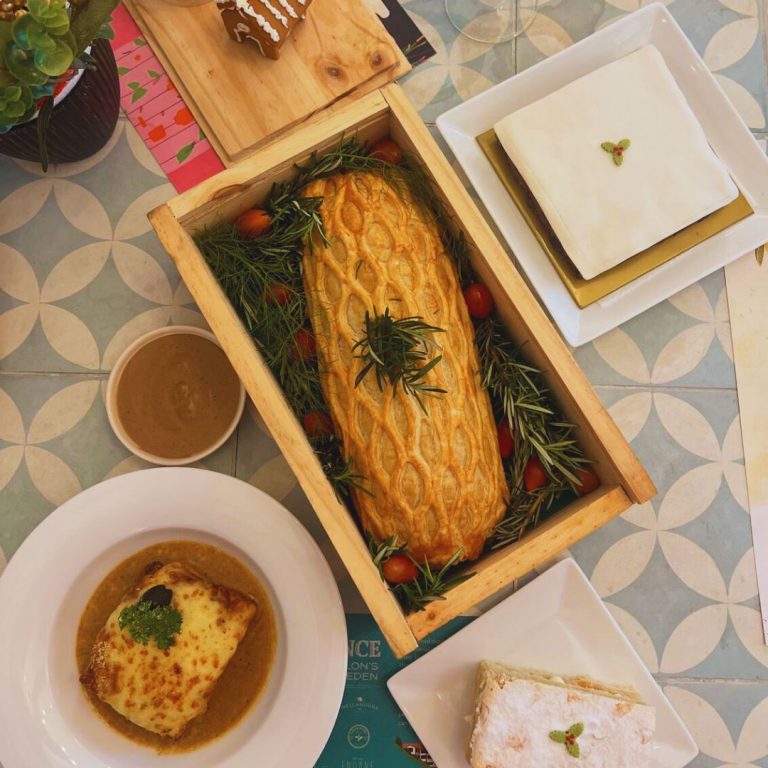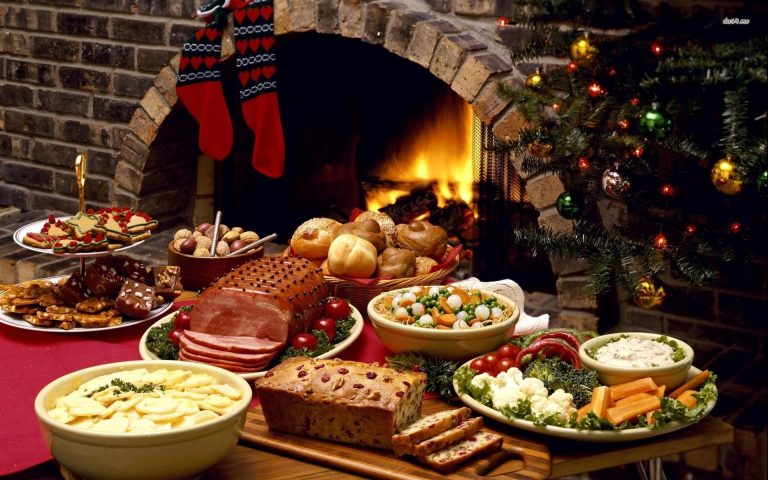In any civilized country, the national flag is a token bearing the identity of that nation. It represents social, cultural and many other unique values of its respective nation. Designing a flag is a tremendous task and can't just be created overnight. It requires enormous effort, and must take into consideration numerous concerns and conditions.
Apart from the national flag, Sri Lanka has 9 provincial flags that represent each of the 9 provinces. Almost all of us know what each element in our national flag personifies, but how much do you know about these provincial flags?
Here's a brief annotation for you.
Central Province
The provincial flag of Central province represents the three districts in it; Kandy, Matale and Nuwara Eliya.
The golden lion that holds a sword in the middle represents Kandyan pride. The white background of the flag shows the Matale district, while the lotus flowers at the right hand side symbolise the Nuwara Eliya district.
The sun and moon depicts the eternal saying; “As long as the sun and the moon remains."
Eastern Province
The Eastern province is made of three districts; Trincomalee, Batticaloa and Ampara. Each of these districts are indicated by an animal figure in their provincial flag.
The image of the fish on the far left corner showcases the dancing fish under the famous Kallady bridge in Batticaloa. The hawk in the middle is for Trincomalee as it has a harbour overlooking the ocean, and the lion on the right corner is to represent Ampara, A.K.A Digamadulla district.
Western Province
Western Province represent!!
The Western province flag is pretty similar to the Eastern province one, as this one also contains animal figures to symbolise the three districts in the province.
- The golden bird of the western provincial flag depicts the Kalutara district. This is identical to the bird image that was on the ancient flag of Kalutara.
- The lion with a whip indicates the Colombo district, to express the fortitude of the once proud kingdom, Kotte.
- Gampaha district is represented by the golden cobra with three heads, which is on the right side of the flag.
This flag has four Bo leaves in each corner, and they stand for the Sathara Brahma Viharana (the Four Divided Emotions of Buddhism); Meththa (Love and Kindness), Karuna (Compassion), Muditha (Harmony), and Upekkha (Equanimity).
North Central Province
North Central Province has a flag that portrays the glory of the Anuradhapura and Polonnaruwa kingdoms.
The stupa and the stone work part of the image in the middle, represents the Anuradhapura district. It resembles the very first stupa in Sri Lanka, the temple of Thuparamaya which was also built under the reign of King Devamnampiyatissa.
Next to that there’s a drawing of King Parakramabahu I, which represents the Polonnaruwa district. He was a great king that united Sri Lanka under one rule, rebuilt the Buddhist civilization while sending expeditionary forces to India and Burma during his reign over the kingdom of Polonnaruwa. This sketch of him features the statue of King Parakramabahu I, near Potgul Vehera in Polonnaruwa.
The paddies that surround the image in the center indicate the bountiful agriculture in these two districts.
Uva Province
The flag of Uva province is pretty basic yet intricate in its design. The red coloured swan in the yellow coloured background reflects several qualities that Uva province stand for; hospitality, kindness and greatness.
Southern Province
The provincial flag of Southern province slightly similar to the national flag of Sri Lanka, but has a huge piece of history attached to it.
King Dutugemunu who reigned from 161 BC to 137 BC is renowned for uniting Sri Lanka for the first time after defeating the tamil warlord Elara who had invaded the kingdom of Rajarata. According to contemporary experts, the banner that was carried during this legendary battle had a drawing of a lion holding a sword on his right paw, along with sun and moon symbols.
The flag of Southern province has been designed with the influence of King Dutugemunu’s battle flag. The golden lion with a sword on his paw leaping in the center reflects justice and equity for all kind, and the energetic nature of the southerners.
This also has four Bo leaves in its corners, and they represent the same thing as the Western province flag; Sathara Brahma Viharana. The sun and the moon symbols used on this flag are similar to the ones in the flag of Devinuwara Upulvan Devalaya (City of Gods). It speaks for eternal being.
Northern Province
Surrounded by the Indian ocean from all sides, Sri Lanka is blessed with tropical beauty, and aquacultural benefits. We've shared a deep relationship with the sea since the beginning of time. The Northern provincial flag shows this bond, by having blue edges on all four sides.
Green on the right side of the flag showcases the agricultural prosperity of the Northern Province. While the red colour represents Hindu culture, the white symbolises harmony of all religions.
The average temperature of Northern province is naturally higher, as it gets direct sunlight all the time. Therefore, Northerners are very capable of using solar power as a natural source of energy. The bright yellow sun in the middle of the Northern provincial flag says it all.
North Western Province
Sri Lanka has a rich agricultural history dating back more than 2500 years. Although now it’s all about the economical aspect, for hundreds of years it helped to form a tradition of our own, an affluent culture and a peaceful society.
The North Western provincial flag perfectly captures this prosperous agricultural background by the drawing of a muddy coloured buffalo, as it’s is an essential part of our paddy cultivation.
Sabaragamuwa Province
The provincial flag of Sabaragamuwa is somewhat similar to the national flag of Sri Lanka, and also the Southern provincial flag. Justice, equity and the bravery is presented by the golden lion with the whip, while the Bo leaves in all four corners refer to the Sathara Brahma Viharana.
In the end..
A flag may look like a small piece of fabric, but what it portrays for the rest of the world is bigger than the country or the province itself. Therefore, knowing each of our flags and understanding what they speak for is a must for all of us as citizens of Sri Lanka.

















